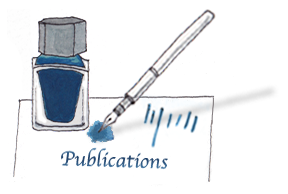Community networks are self-organized groupings that form for many different reasons. Some networks, connected mainly through bonding ties, are based on personal interests and relationships; others, based mainly on bridging ties, centre around broader interests. These networks form to create collective agency for engaging with social, environmental, and other issues through the concentration of social capital. The multi-scaled and evolutionary nature of sustainable development issues requires that community groups dedicated to engaging with such issues be particularly diverse, resilient, and flexible. As such, they must build a large number of bridging ties leading to external resources and limit the potential for bonding ties to impose constraining norms upon the group.
Over time, however, volunteer groups tend towards a state of homophily, the tendency of groups to form from similar actors and then become more similar with time. This tendency leads to a decrease in the number of the bridging ties that help to provide group agency. Homophily must be actively recognized within community sustainable development groups if they are to remain effective over the long term. This paper suggests methods to prevent and control group homophily drawn from experience in forming small, time-limited sustainable development networks.
